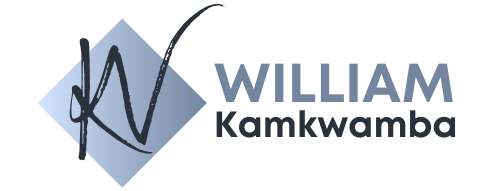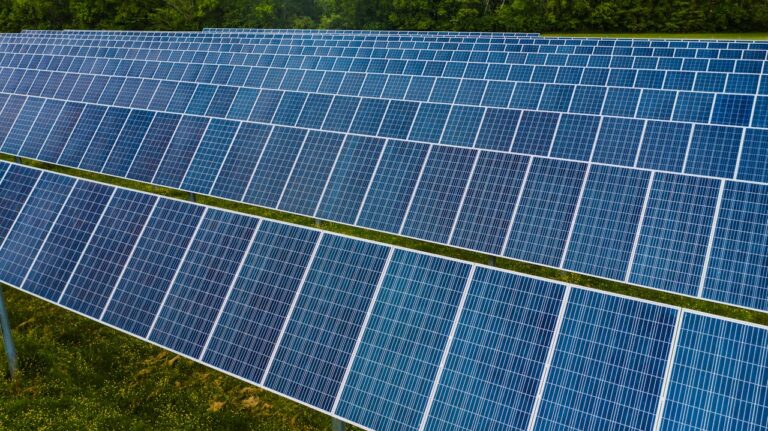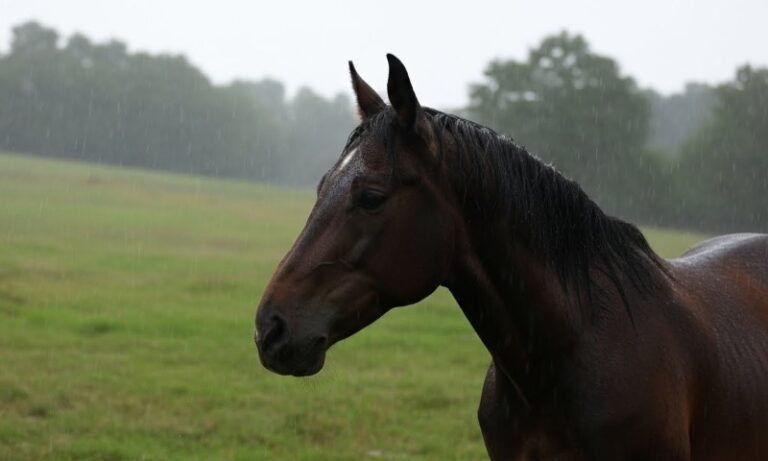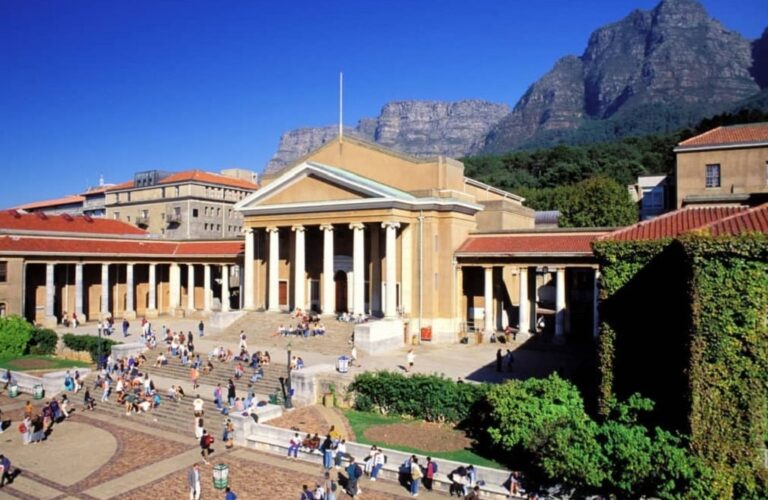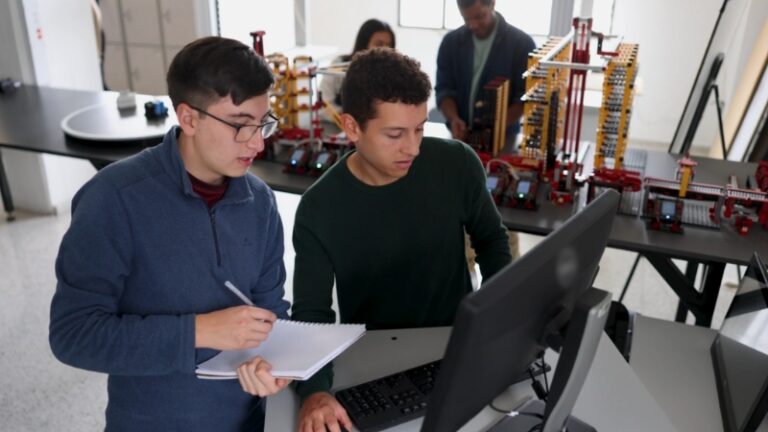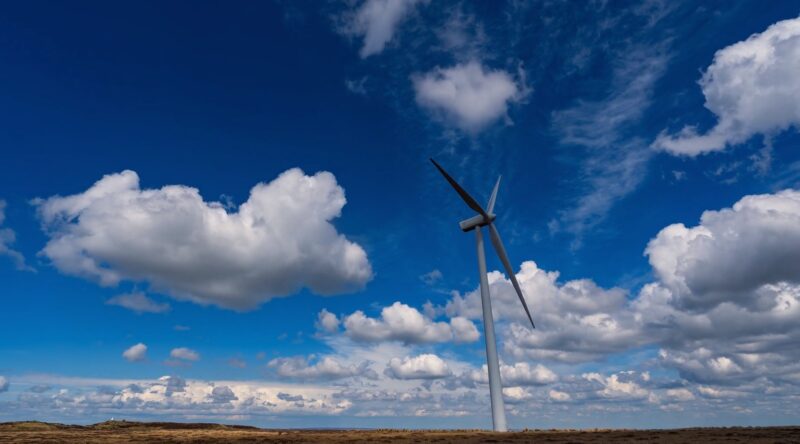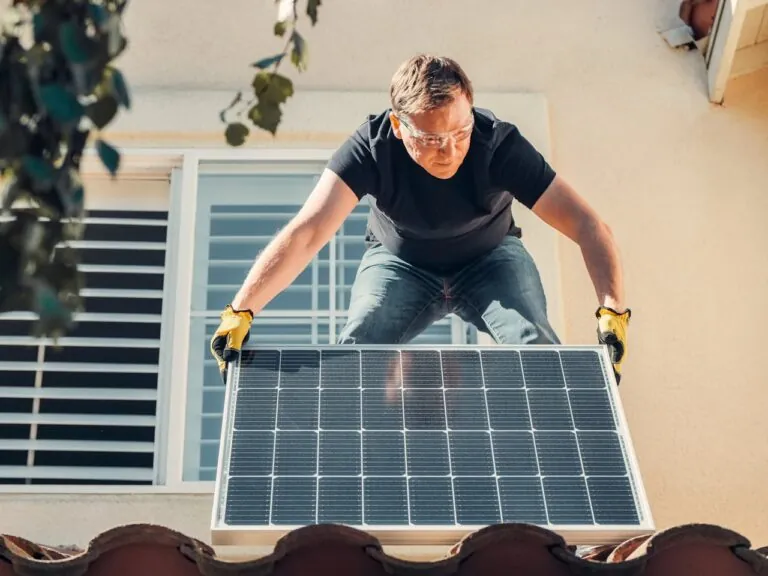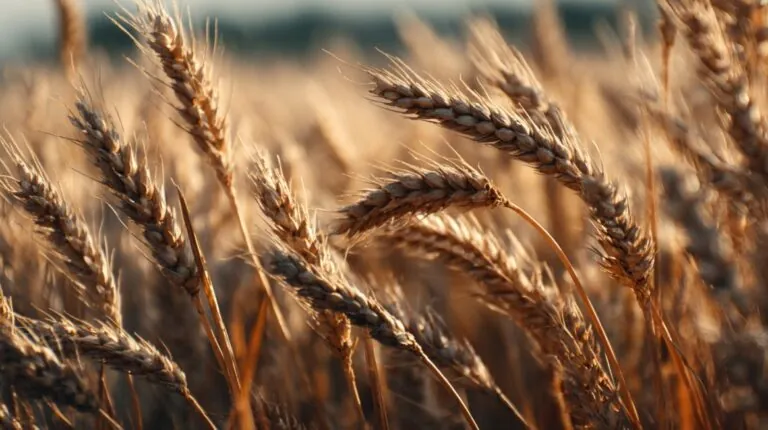As the world increasingly turns to wind energy to meet its power needs, understanding the financial implications of investing in turbines becomes crucial. This article will provide insights into the economic dynamics of wind energy, debunk common misconceptions, and highlight the factors that influence total investment.
Key Takeaway:
- Initial Investment: The complete expenditure for a 2 MW wind turbine, including acquisition and ancillary expenses, spans from $2.18 million to $4.13 million.
- Long-term Savings: These turbines offer significant long-term savings, potentially reducing electricity bills by 50-90% over their 20-25-year lifespan.
Wind Energy as a Powerful Renewable Resource
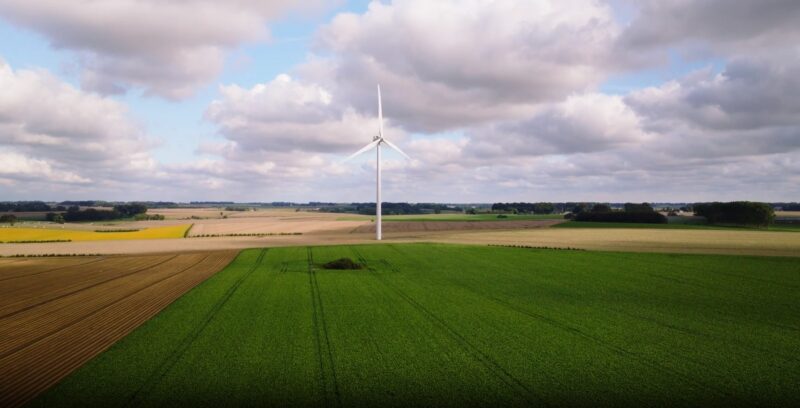
This green energy has emerged as a powerful and sustainable renewable resource, capturing the kinetic energy of it to produce electricity. As the world increasingly seeks to reduce its reliance on fossil fuels and mitigate environmental impact, wind power offers a clean, inexhaustible, and eco-friendly alternative.
With advancements in technology, the efficiency and capacity of turbines have significantly improved, making wind energy a more viable and cost-effective solution for meeting global energy demands. Its ability to generate electricity without emitting greenhouse gases or consuming water resources positions wind energy as a key player in the transition towards a more sustainable and resilient energy future.
Solar power in public spaces is another example of how renewable energy solutions can be integrated into our daily lives. By placing solar panels in public spaces—like parks, parking lots, and government buildings—cities can reduce energy costs, support grid stability, and demonstrate a commitment to sustainability. Companies like A1 SolarStore, a solar energy equipment supplier, play a key role in providing the necessary technology for such projects. As both wind and solar energy technologies continue to advance, their combined role in public infrastructure can help build resilient, eco-friendly communities.
Initial Costs of Wind Turbine Installation
The initial costs of installation encompass a broad spectrum of expenses, including the purchase price of the turbine itself, site preparation, grid connection, and construction. These costs can vary widely based on the turbine’s capacity, location, and the specific requirements of the installation site, such as accessibility, air conditions, and infrastructure needs.
Additionally, factors like engineering and design services, permitting and regulatory compliance, and potential environmental assessments add complexity and variability to the overall financial outlay. Despite the significant upfront investment, the decreasing cost of this technology, combined with financial incentives in many regions, is making renewable energy increasingly competitive with traditional energy sources.
Detailed Breakdown:
Let’s take, for example, a single, medium-scale turbine—typically around a 2 MW capacity, which is common for both commercial and some larger private applications. It’s important to note that these numbers can vary widely based on location, manufacturer, and specific project conditions.
| Expense Category | Cost Range | Details |
|---|---|---|
| Turbine Purchase | $1.3 million – $2.2 million | Includes nacelle, rotor, and blades. |
| Site Preparation and Construction | $200,000 – $400,000 | Covers land clearing, access roads, and foundation. |
| Grid Connection | $150,000 – $500,000 | Depends on the distance to the grid and infrastructure complexity. |
| Shipping and Logistics | $60,000 – $120,000 | Influenced by distance and need for special transport. |
| Installation and Commissioning | $300,000 – $500,000 | Includes labor, cranes, and grid integration. |
| Permitting and Legal Fees | $50,000 – $100,000 | For permits and compliance with regulations. |
| Insurance | $20,000 – $40,000 | Covers risks during installation. |
| Engineering and Design | $100,000 – $250,000 | Professional fees for site-specific design. |
So, a 2 MW turbine could range from approximately $2.18 million to $4.13 million. This estimate provides a general overview, but actual costs can differ based on specific project details, regional labor rates, material costs, and unforeseen challenges during installation.
Operational and Maintenance Costs of Wind Turbine
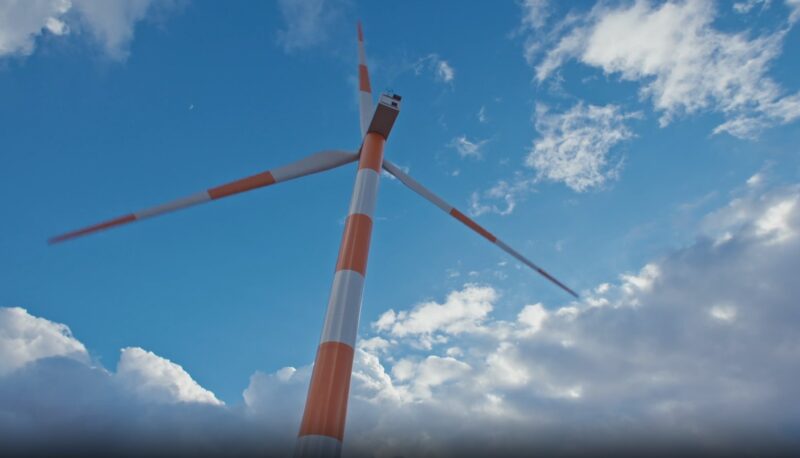
Operational and maintenance (O&M) costs are important for understanding the total economic footprint of green energy projects. These costs are generally broken down into annual expenses, ensuring the turbine’s efficient and uninterrupted operation over its lifespan. Here are key points to cover regarding O&M costs:
Annual Operational Costs
Highlight the typical yearly expenses associated with the operation of a 2 MW wind turbine. This includes routine maintenance, repairs, insurance, and land lease payments, if applicable.
Maintenance Strategies
Discuss the difference between reactive maintenance (fixing turbines as issues arise) versus proactive maintenance (regular inspections and maintenance to prevent failures), including their impact on overall O&M costs.
Technology and Remote Monitoring
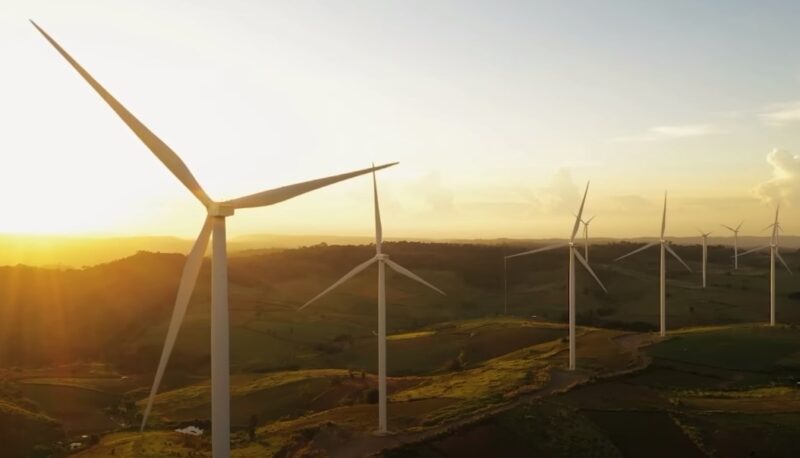
Explain how advancements in technology, such as remote monitoring and predictive maintenance, are reducing O&M costs by allowing operators to identify and address potential issues before they lead to significant downtime or more costly repairs.
Spare Parts and Logistics
Cover the costs related to keeping an inventory of essential spare parts and the logistics of transporting these parts to the turbine site, especially in remote locations.
Labor Costs
Skilled labor is needed to maintain and operate turbines, including training, salaries, and the impact of local labor market conditions on overall O&M costs.
Impact of Location
Elaborate on how the location of the wind farm (e.g., offshore vs. onshore) can significantly affect O&M costs, with offshore locations generally facing higher maintenance and accessibility challenges.
Long-term Savings and Economic Benefits
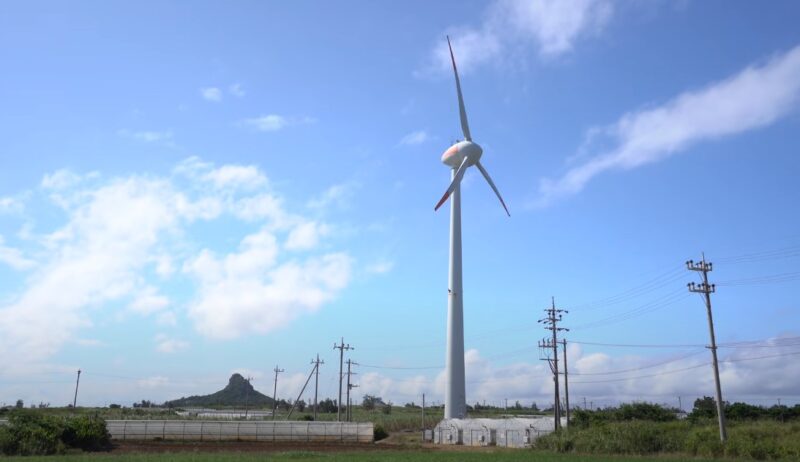
The long-term savings and economic benefits of these turbines manifest through several channels, presenting a compelling case for their adoption as a cornerstone of renewable energy portfolios. Here are the key aspects to consider when evaluating the long-term economic impact of wind power:
- Reduction in Electricity Costs: They significantly reduce electricity costs over their operational lifetime. After the initial investment, the cost of generating electricity from it is relatively low, as wind itself is a free resource. This can lead to substantial savings, especially in regions with high wind potential.
- Stabilization of Energy Prices: This energy can help stabilize energy prices in the long term by reducing reliance on fossil fuels, which are subject to volatile market prices. By diversifying the energy mix with green power, consumers and utilities can hedge against price fluctuations in the energy market.
- Government Incentives and Subsidies: Many governments offer incentives, subsidies, or tax breaks for this kind of energy project to encourage renewable energy adoption. These financial incentives can significantly improve the economic feasibility of these turbines and accelerate the return on investment.
- Increased Energy Independence: Regions and countries can reduce their dependence on imported fuels, enhancing energy security and contributing to a more stable and independent energy supply.
- Property Value Increase: Properties located near turbines may see an increase in value due to the perception of sustainability and access to clean energy.
- Long Lifespan: They have a long operational lifespan, typically 20 to 25 years, during which they generate economic benefits. With advancements in technology and maintenance, their lifetime can be extended, further increasing their economic return.
Environmental Benefits and Compliance
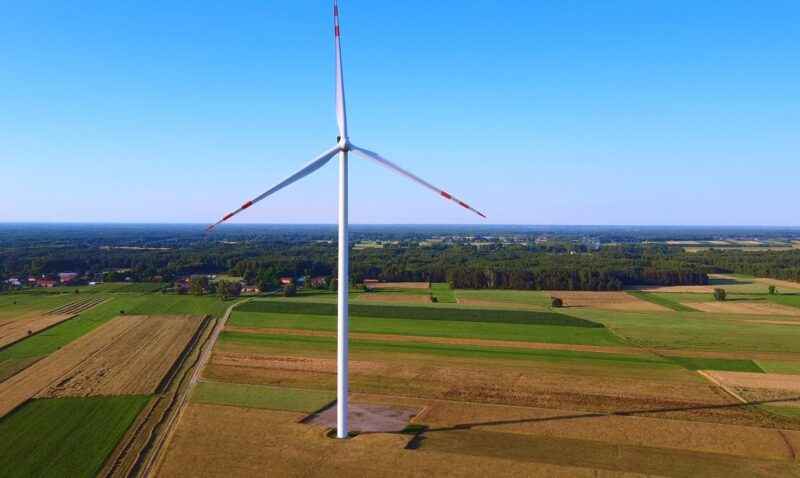
Wind turbines produce electricity without emitting greenhouse gases or pollutants, helping countries meet environmental targets and avoid potential penalties or costs associated with carbon emissions. The environmental benefits also translate into economic advantages by mitigating the costs associated with climate change and public health impacts of pollution.
They generate electricity without using any water, making them an incredibly water-efficient option. This aspect is particularly crucial in areas facing water scarcity, as it ensures that the limited water available can be directed towards essential needs rather than energy production. Beyond the reduction of emissions and water conservation, they contribute to preserving natural habitats and biodiversity.
Traditional energy production can lead to significant environmental degradation, including habitat destruction and pollution. Wind farms, like solar panels, while requiring space, have a much smaller physical footprint on the land compared to fossil fuel extraction and power plants. The placement of these farms is increasingly considerate of wildlife and their migratory patterns, aiming to minimize any negative impacts on local ecosystems.
Challenges of Wind Power Investment
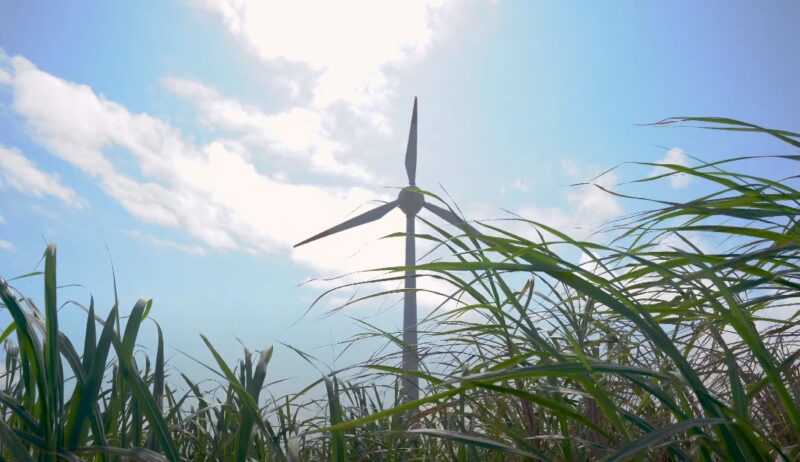
Investing in green energy, while offering numerous benefits, also presents a set of challenges that investors and developers must navigate. One of the primary hurdles is the significant upfront capital required to develop a wind farm. This high initial investment can be a barrier, especially for smaller entities or regions where financial incentives for renewable energy are limited.
The variability of wind is another challenge. Unlike fossil fuel-based power plants that can produce electricity on demand, this energy generation is contingent on weather conditions. This intermittency can lead to fluctuations in electricity supply, necessitating the development of storage solutions or backup systems to ensure a stable energy supply, which can further elevate the project’s costs.
Site selection poses its own set of difficulties. Ideal locations are often in remote areas with strong, consistent winds, which might be far from the consumers who need the electricity. This distance necessitates the construction of extensive transmission lines to connect the farm to the grid, increasing the project’s overall cost and complexity.
FAQs
How long does it take to build a wind turbine?
It typically takes a few months to construct a turbine, from groundwork to full operation.
Can wind turbines operate in extreme weather?
Yes, they are designed to withstand extreme weather and temperature variations, though they may shut down in very high winds to prevent damage.
Do wind turbines pose a threat to birds?
They can impact bird populations, but careful site selection and technology improvements are helping to minimize these effects.
How much space does a wind turbine require?
It needs about half an acre of space, but the spacing between turbines in their farm can vary based on local wind patterns and land use.
Can wind turbines be recycled at the end of their lifespan?
Yes, the majority of components are recyclable, including steel towers and concrete foundations, though recycling the blades remains a challenge.
Conclusion
These turbines offer a path to significantly reduce greenhouse gas emissions, conserve water, and protect natural ecosystems. Despite the challenges posed by high initial costs, intermittency of wind, site selection, environmental concerns, and regulatory uncertainties, the long-term benefits of this green energy—such as substantial savings on electricity costs, increased energy independence, job creation, and environmental preservation—underscore its importance in the global energy mix.
As technology advances and policy frameworks evolve, this green type of energy stands as a testament to human ingenuity’s potential to harness nature’s power for a cleaner, more sustainable future.
